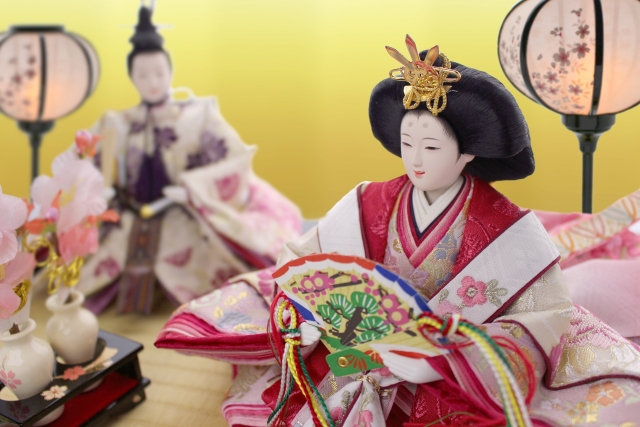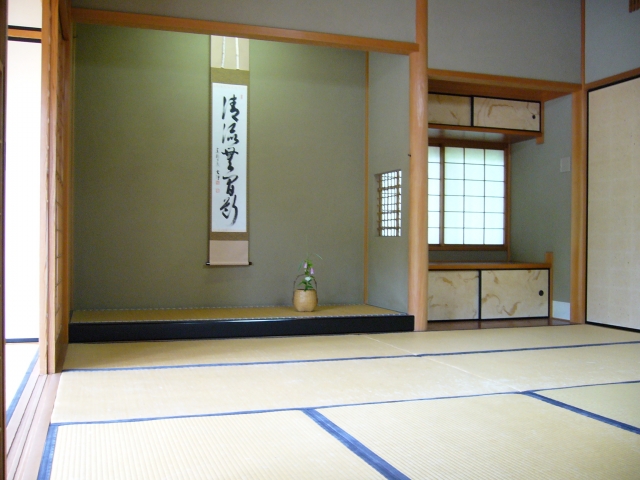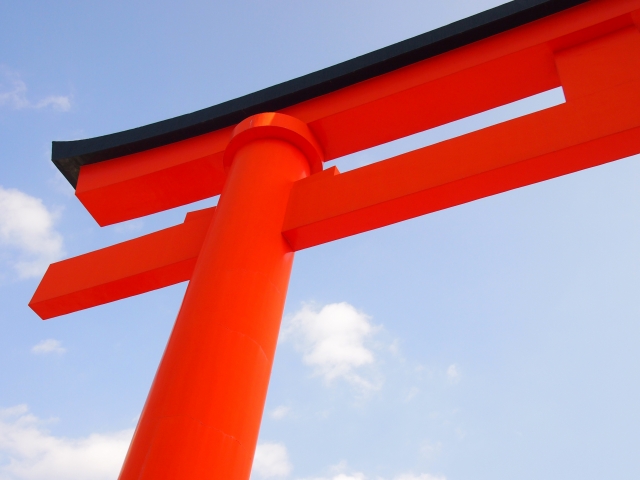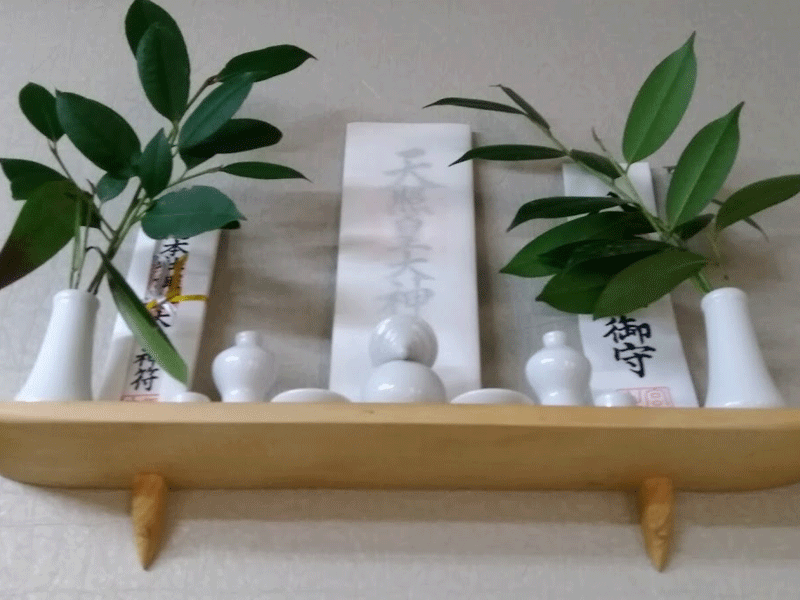
In Japan, many companies have kamidana in their offices.
In addition to kamidana, some companies have built shrines indoors or on their premises.
A kamidana is a sacred place to enshrine the divine tablets received from a shrine.
You can show your gratitude and say prayers in the same way you would visit a shrine.
However, worshipping at a Kamidana or shrine does not mean that your company will survive.
Why do we do this?
Japan’s unique values are still alive today, and we can find clues when we think of community as a keyword.
Role of shrines
Local shrines have existed since the time when local communities were established.
The roles of shrines in a local community are as follows.
- Gathering at seasonal milestones such as New Year’s Day, we reaffirm our membership in the community.
- It is a spiritual pillar that reminds us of our ancestors and a place to return to our roots.
- Hold a festival to create a sense of community unity.
- A place to show humility toward that which is beyond human understanding and gratitude for being alive.
In the past, the entire community had a “mutual aid function,” from agricultural work such as planting and harvesting rice, to raising children, to looking after the elderly.
The center of the mutual aid function was the shrine.
If you replace “community” with “company,” it will be easier to understand.
The role of kamidana and shrines in a company
Local communities and businesses have a similar “mutual aid function”.
They work as a community, with a common purpose, and each person and department works together to influence society.
However, unfortunately, the value of mutual aid is fading nowadays.
- By worshipping in the same place, we reaffirm that we are part of a company.
- A spiritual pillar that reminds us of the time when the company was founded and a place to return to our roots.
- A place to reflect on one’s own judgments, etc., so as not to become complacent.
- Feel a sense of awe, humility and gratitude for unpredictable events.
Although it is slowly fading away now, it is considered important as a place to reconfirm the awareness of “Japanese management” that “a company is a community” such as lifetime employment system and seniority system.
It may not be modern.
However, we may call it the ultimate governance system that does not bind us with rules.
You can also find shrines in these places
Kabuki Inari Shrine
Kabuki-za, a theater dedicated to Kabuki, is located in Ginza, Chuo-ku, Tokyo.
Kabuki-za also has its own Kabuki Inari Shrine, which anyone can visit.
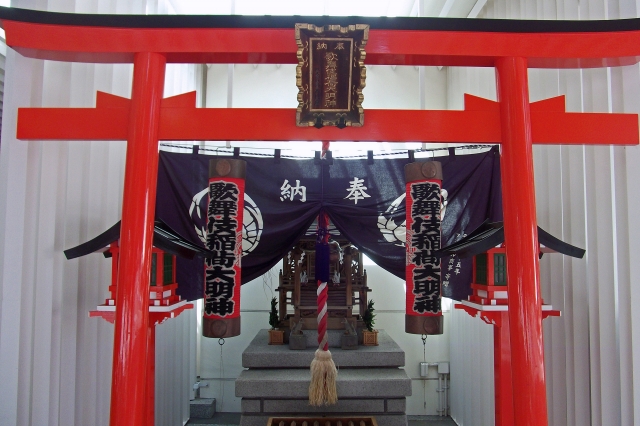
Haneda Aviation Shrine
There is also a shrine at Haneda Airport, or Tokyo International Airport.
It was built to pray for the safety of the skies and the development of the aviation industry.
It is located on the first floor of Terminal 1 (arrival lobby) and anyone can visit, although there are time restrictions.

Each and every employee who belongs to the company is responsible for the company as a community.
We feel that the ancient value of reaffirming this kind of awareness is still alive today.




